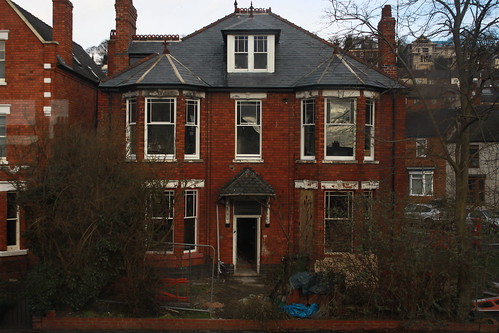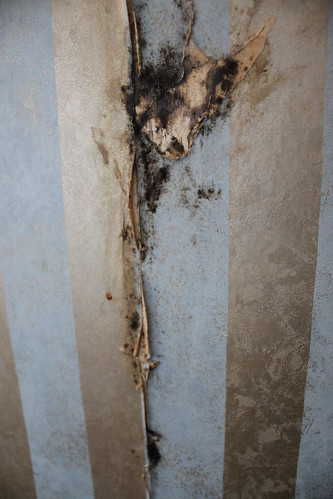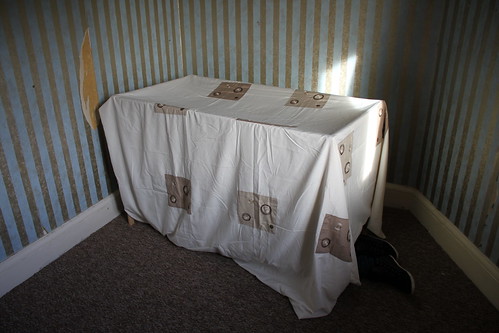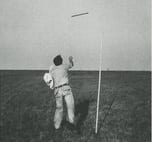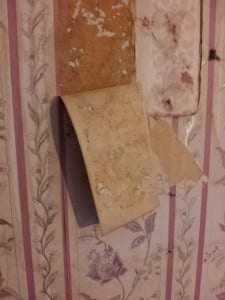Our homes are the most private place which we inhabit. At home we can act as we please without the fear of being watched or judged. But what happens if a house stops being a private space, and becomes a space in which you are watched more than any other. Does it stop being a home? This is what has happened in our house on West Parade. The whole house is fitted with CCTV cameras. From the moment you walk in until the moment you leave you are under surveillance. The house is not private. Is this wrong, are there some places which should not be intruded upon and is a house, a home, one of them?
Perhaps some rooms in a house such as the living room and kitchen are not as personal, not as private as other rooms; such as the bedroom and bathroom. Perhaps it is possible to be under surveillance in the more communal rooms of the house without feeling invaded. Whereas being watched while “you are most vulnerable, asleep and unaware” ((Heathcote, E (2012) The Meaning of Home,London:Frances Lincoln p.71 )) in the bedroom is simply a step too far. There are groups who feel that being under surveillance at all is wrong. The Surveillance Camera players are a group based in New York who believe that surveillance cameras of any kind “violate our constitutional protected right to privacy” ((Surveillance Camera Players (2001) Who We Are & Why We’re Here, online: http://www.notbored.org/generic.jpg (accessed 25/02/2013))). They express these views by carrying out silent performances in front of surveillance cameras. These performances are rehearsed but are not announced or advertised.
The right to privacy which the Surveillance Camera Players talk about is most definitely broken in our house. It is impossible to get away from the surveillance and have a private space. Or is it? There are places which the cameras do not cover. For example both the toilet and the bathroom are not covered by the CCTV cameras. These spaces are ones which you would expect to be completely private, to film these areas of a house would certainly bring up an ethical debate. However there are also other, less obvious, areas which the CCTV cameras do not cover. There are black spots which the cameras do not pick up. For example in the bedroom if you sit or stand directly underneath the camera in the corner of the room the camera does not pick you up.
These areas away from the gaze of the CCTV could be very interesting for us to use in our performance. We may be able to demonstrate to the audience just how much they are being watched, this could make them feel on edge. I do not expect the audience to be pleased about being observed throughout the performance. It may therefore be interesting to introduce them to these places where they are away from the cameras. Whether they would feel more comfortable in areas where they know for definite that they are not being watched by anyone outside of the room they are currently occupying.
We have decided in the bedroom to seat our Voyeur in one of these black spots. They sit directly underneath the CCTV camera – they are therefore seen by nobody. We think this increases the power which the Voyeur holds, they are observing three people in a vunerable situation, two in bed and one in a cupboard and there is no understanding of that shown outside of the room. They are watching but in no way being watched.
Through this process I think they, the audience, will gain a new sense of appreciation for the privacy which we have become accustomed to, and now expect, inside our own homes.
